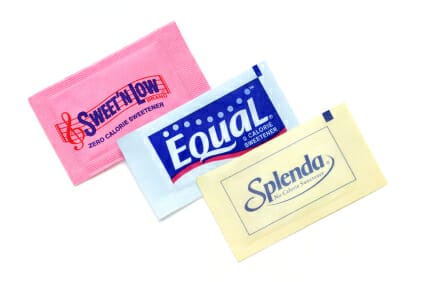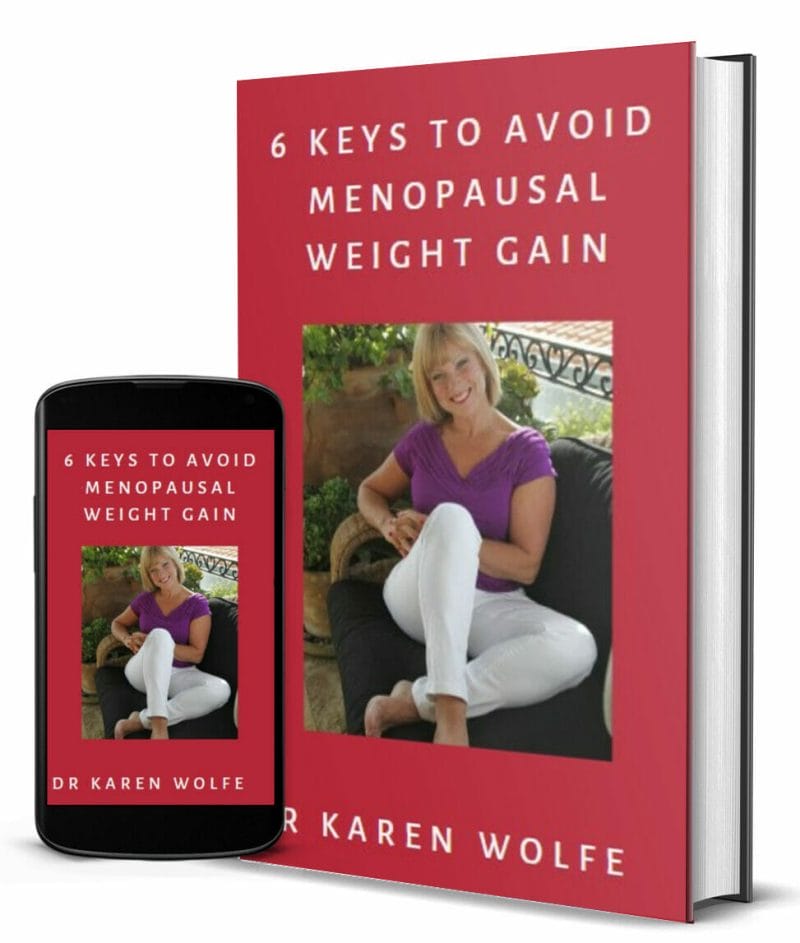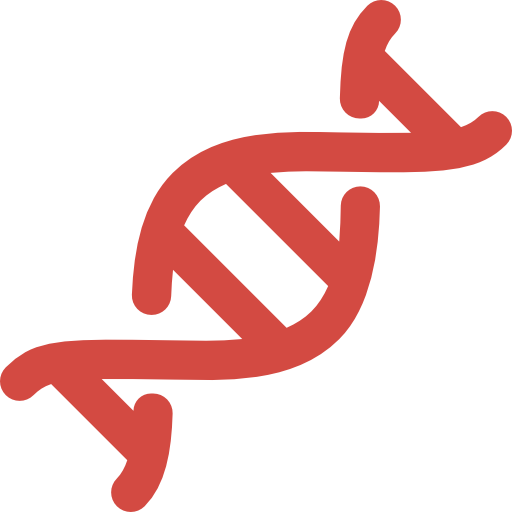
Artificial sweeteners are consumed by Eight out of 10 Americans Last year alone the food industry introduced 2,225 reduced-sugar and sugar-free foods, many of them made with sucralose. Chemical additives are nothing new, of course—most processed foods contain more than one artificial flavoring, emulsifier, coloring, or gelling agent—and sugar substitutes are among the most-studied additives in the world
The most successful sugar substitutes have all been discovered by accident. Saccharin was invented in Baltimore about 130 years ago by two chemists at Johns Hopkins University who were experimenting with coal-tar derivatives. Aspartame was found in the 1960s by a medical chemist in Illinois who was investigating a drug for gastric ulcers. Sucralose was discovered in 1976 by a graduate student at King’s College London. His head researcher had told him to test some compounds, but he misunderstood and tasted them instead.
How Sweet Is It?
The relative potency of sugar compared with artificial sweeteners.
sugar 1x
cyclamate 45x
aspartame 180x
saccharin 300x
sucralose 600x
neotame 13,000x (the next generation of aspartame is 13,000 times the sweetness of sugar.)
Read more: http://www.prevention.com/weight-loss/weight-loss-tips/artificial-sweeteners#ixzz2JPwToWya




























